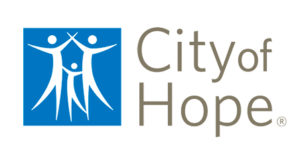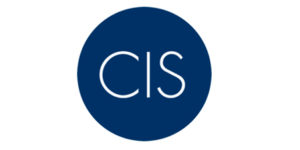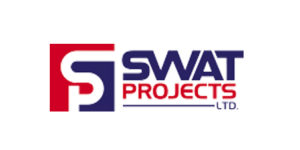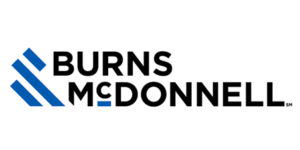Policy and Procedure Assessment v3 Δ
1. How are you keeping your policies organized?
Moving away from paper is the first step towards improving policy and procedure management. Files are less likely to become lost or misfiled, and you’ll be able to differentiate versions. You’ll gain the ability to quickly search and track files over their lifecycle. Plus, your files will be better protected in the case of a disaster such as a fire or flood.
Shared folders have the benefit of being electronic, but there are still ways to improve organization and security. By moving from a shared folder system to a dedicated software system, you gain the ability to track file history and versions in an automated manner. Shared folders lack the centralized control, handling, and distribution that a centralized software system offers.
Using software to manage policies and procedures is ideal. When evaluating systems, consider how well the software organizes information, provides security, tracks revisions and approvals, distributes updates to staff, and records that people have read and understand. Also look for an option where people can easily access published files on their own. Finally, choose a system that provides reporting, so auditors have the information they need to validate compliance. 2. When updating or making new policies, how do you keep track of changes?
Moving away from ad-hoc versioning, such as appending a date or number to a file, can help reduce errors and inconsistencies when changes are tracked. Look for a file management system that incorporates revision control and eliminates the guesswork when naming and organizing versions. This will provide the added benefits of an audit trail showing how documents have changed over time.
You can save a great deal of time and frustration by moving away from spreadsheets to log and record changes and sign-offs. An automated software system eliminates the manual task work and provides auditors with traceability and objective evidence.
While there are many forms of version control available, when it comes to managing policies it’s important to look for a system that that offers both versioning (a file has changed) and revision level (a new final version is published). Having both versions and revisions makes it easier to identify versions in development versus revisions that have been completed and published. 3. How do you verify that people have read and understood policies after they are published?
One of the best ways to reduce the time spent tracking who has read a document is to move away from collecting physical signatures and using sign-off sheets. Moving to a software system will automate this process, while also providing a digital record that helps auditors confirm that action was taken.
You can save a great deal of time and effort by moving away from saving and tracking email confirmations. When recorded confirmations are saved in a centralized software system, there are no emails to track and everything is available in a centralized, digitally verified record. This makes it easy to find and report on later for auditing purposes.
Save yourself the hassle of manually tracking who has read and acknowledged a document by switching from spreadsheets to an automated software system. Automated systems save time and remove any possible doubt by electronically capturing a record.
It’s important to track acknowledgement in order validate and confirm for auditors that your program is in compliance. Move to a centralized, automated system in order to feel at ease when auditors arrive. 4. How do people find policies when they need to review or reference them?
Talking to co-workers can be nice, but it can also be a distraction if you’re constantly being asked for documents. Consider publishing policies so that staff have a self-service way to find and reference files. Making policies more accessible will save everyone time and increase productivity and conformance.
A shared network location for completed policies gives everyone easy access but it lacks the control and organizational benefits that a centralized software system offers. With a software system, files are safe from being renamed or deleted, and you have control over who can access the files.
Intranet sites or SharePoint are great places to publish policies, but a dedicated policy management system will provide you with a great deal more flexibility when it comes to file development and tracking who has read them. Consider a system designed to control files as well as publish, and possibly integrate with an existing corporate intranet if necessary.
Get A Summary of Your Results
Complete the form to get your results by email. We’ll follow up with you to answer questions or provide more information. Get Your Results







